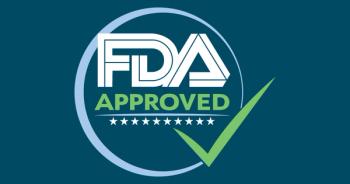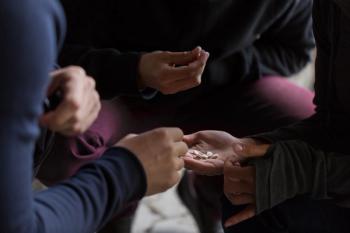
|Slideshows|January 15, 2020
11 clinical tips for treating congenital limb deficiency
Treating a child with a congenital limb deficiency can be a challenge. It is imperative that the clinician care not only for the child, but the family, and cover not only physical health, but mental health and educational progress. Here are 11 tips to improve care in your practice.
Advertisement
Newsletter
Access practical, evidence-based guidance to support better care for our youngest patients. Join our email list for the latest clinical updates.
Advertisement
Latest CME
Advertisement
Advertisement
Trending on Contemporary Pediatrics
1
FDA approves furosemide on-body infusor for pediatric patients weighing 43 kg or more
2
WATCH: How 2025 increased distrust in vaccines and what 2026 has in store
3
Teen substance use remains historically low in 2025, with stability across most drugs
4
Daniela Carvalho, MD, highlights Cochlear Nucleus Nexa System
5







